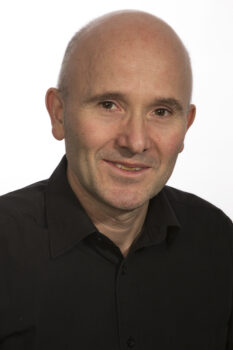December 2022
Olve i s a research scientist at the Energy Department of SINTEF, one of of the largest independent research organisations in Europe based in Norway. He is also the SEABAT project WP6 leader.
s a research scientist at the Energy Department of SINTEF, one of of the largest independent research organisations in Europe based in Norway. He is also the SEABAT project WP6 leader.
What was your original motivation to become a researcher?
The main motivation was to learn and understand more. Not necessarily limited to the research I have been involved in, but in general, how technical systems work and how they can be improved.
What is your (main) research area today?
Last years I have been working with battery systems, mainly for maritime applications. The focus has been on the application side, how to integrate and control battery systems connected to different power systems for different intended use.
What is the main objective of your team in SEABAT?
The main objectives of the SINTEF team have been the optimization and evaluation of the modular converter concept that in the end was the one chosen for realization. The SINTEF team is also responsible for the hardware of the high-level control of each battery string as well hardware for the master controller for the whole battery system. In addition, we are leading the work package responsible for the final testing of the system. The control systems will be tested at our facilities.
What expertise and facilities does your team have to meet those objectives?
The team members have long experience in design of control systems and hardware for power electronic converters as well as the required experience and tools for optimization and simulation of both converters and battery systems. SINTEF has a flexible laboratory and the required experience for power-hardware-in-the-loop (PHIL) testing. This will be the main method for the testing of the control systems.
Which aspects of your research at SEABAT do you believe are the most innovative and what unique opportunities offers SEABAT to yourself and/or your organisation?
I think the most innovative is the realization of a battery system with modular converters and its dedicated control principles. The SEABAT project gives us an opportunity to build a full-scale system and it gives us a valuable experience in battery system design and will set us in a better position to contribute in future research and development projects for the industry.
How do you see the future use of the SEABAT-results and the impact of SEABAT-project in our daily lives?
I do not foresee any immediate impact on people’s daily life, but the work will contribute to lowering the life-time cost of battery systems. In a longer perspective, this can reduce the cost of electrification of waterborne transport and thereby help us reach the climate goals.